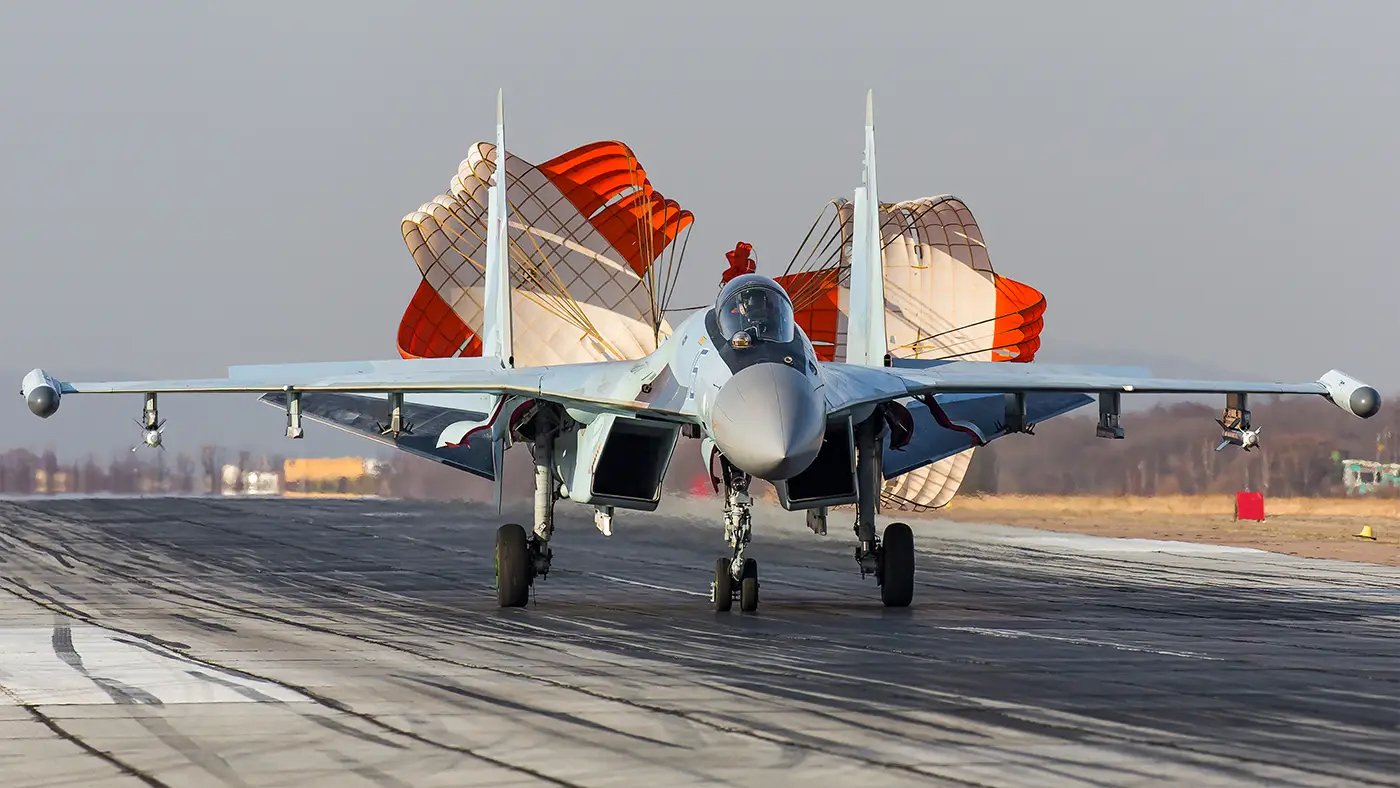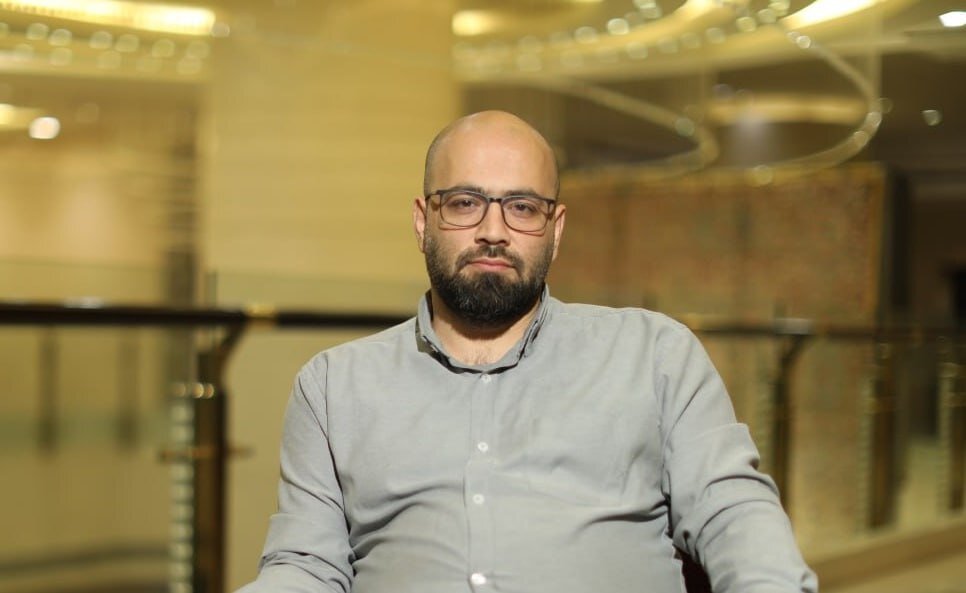By: Ben Linus
A recent announcement by Iran’s Deputy Defense Minister, Brigadier General Mahdi Farahi, confirms the completion of arrangements to acquire an array of advanced Russian military aircraft. The procurement includes Sukhoi Su-35 fighter jets, Mil Mi-28 attack helicopters, and Yak-130 jet trainers, as reported by Tasnim News.
General Farahi assured that the acquisition of these three advanced aircraft is progressing smoothly, highlighting their imminent integration into Iran’s military arsenal. He emphasized Iran’s leading position in the region in terms of military helicopters, achieved through various upgrade projects that have strengthened the country’s capabilities.
Although the exact number of aircraft scheduled for delivery was not disclosed by the deputy minister, earlier reports indicated Iran’s expectation to receive 24 Su-35 Flanker-E fighter jets from Moscow. Additionally, in September, Iran’s Tasnim News Agency reported the arrival of subsonic Yak-130 trainer jets with IRIAF markings. While less advanced than the Su-35, these trainer aircraft play a crucial role in training Iranian pilots to handle advanced fighter jets.
The primary objective of the Yak-130 trainer aircraft is to equip Iranian pilots with the skills needed to operate 4+ and fifth-generation aircraft effectively, with an emphasis on supporting close air missions. These trainers have the capability to carry substantial ammunition, including various weapons mounted on the wings and fuselage, along with a 23-mm gun pod.

There are rumors that Iran may receive up to 24 Su-35s initially produced for Egypt—a deal that Egypt later canceled, reportedly due to pressure from the United States. However, the ongoing conflict in Ukraine is suspected to have impacted the delivery plans for these advanced fighter jets to Iran.
The article also provides insights into Iran’s air power capabilities, tracing back to the establishment of the Islamic Republic of Iran Air Force (IRIAF) in 1979. Despite facing challenges due to sanctions, Iran has sought to enhance its air superiority by acquiring advanced Russian military aircraft, including the Su-35s.
The collaboration between Iran and Russia in the arms trade is highlighted, with reference to Russia’s acquisition of Iranian drones during the 2022 Ukrainian conflict. The article speculates on the possibility of a military alliance among Iran, Russia, and China, citing joint naval exercises and growing concerns expressed by the US State Department.
In the latest development, the United States has expressed apprehension regarding indications that Iran might supply modern short-range ballistic missiles to Russia for potential use in the conflict in Ukraine. These geopolitical developments underscore the evolving dynamics in the region.

